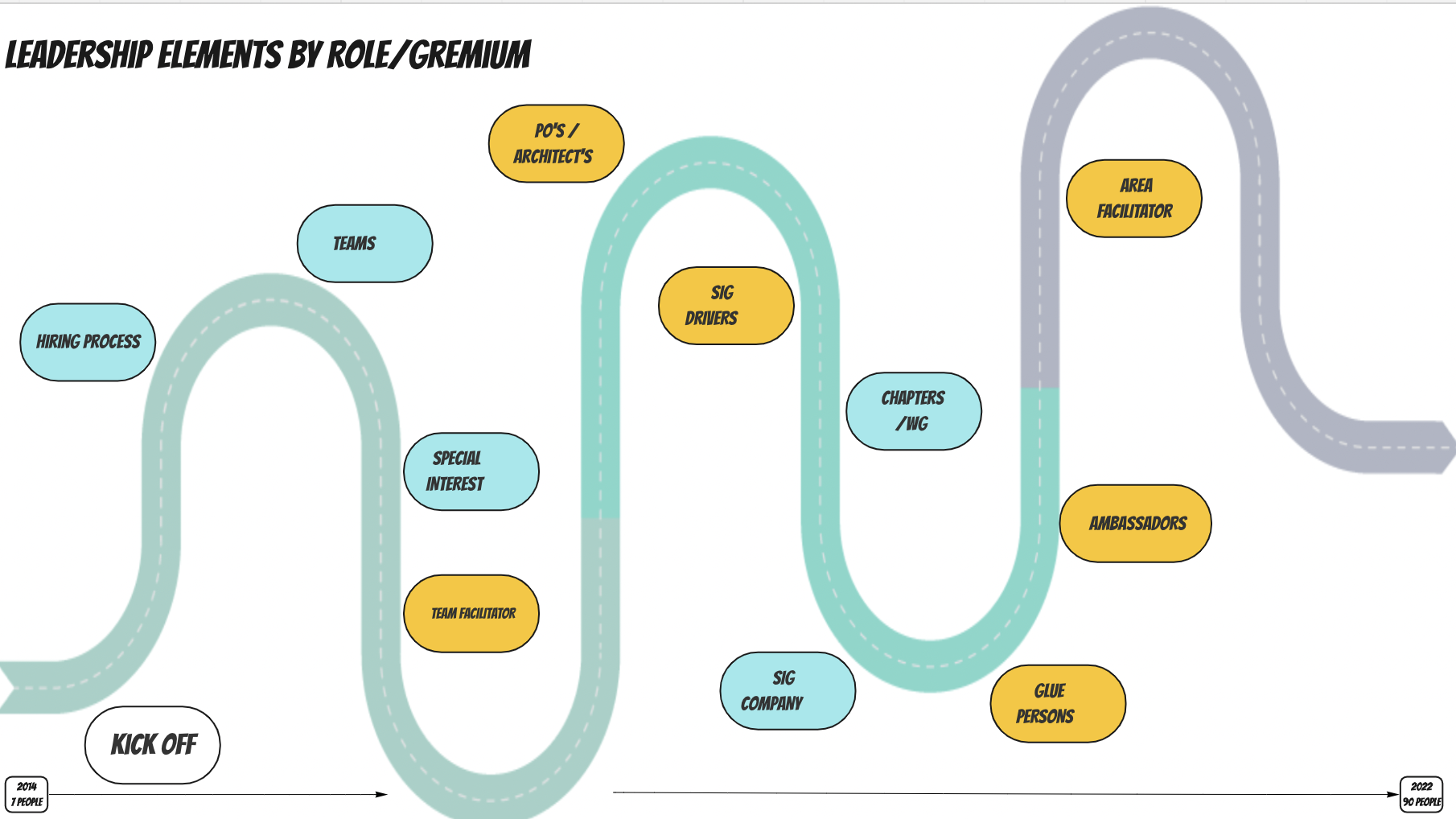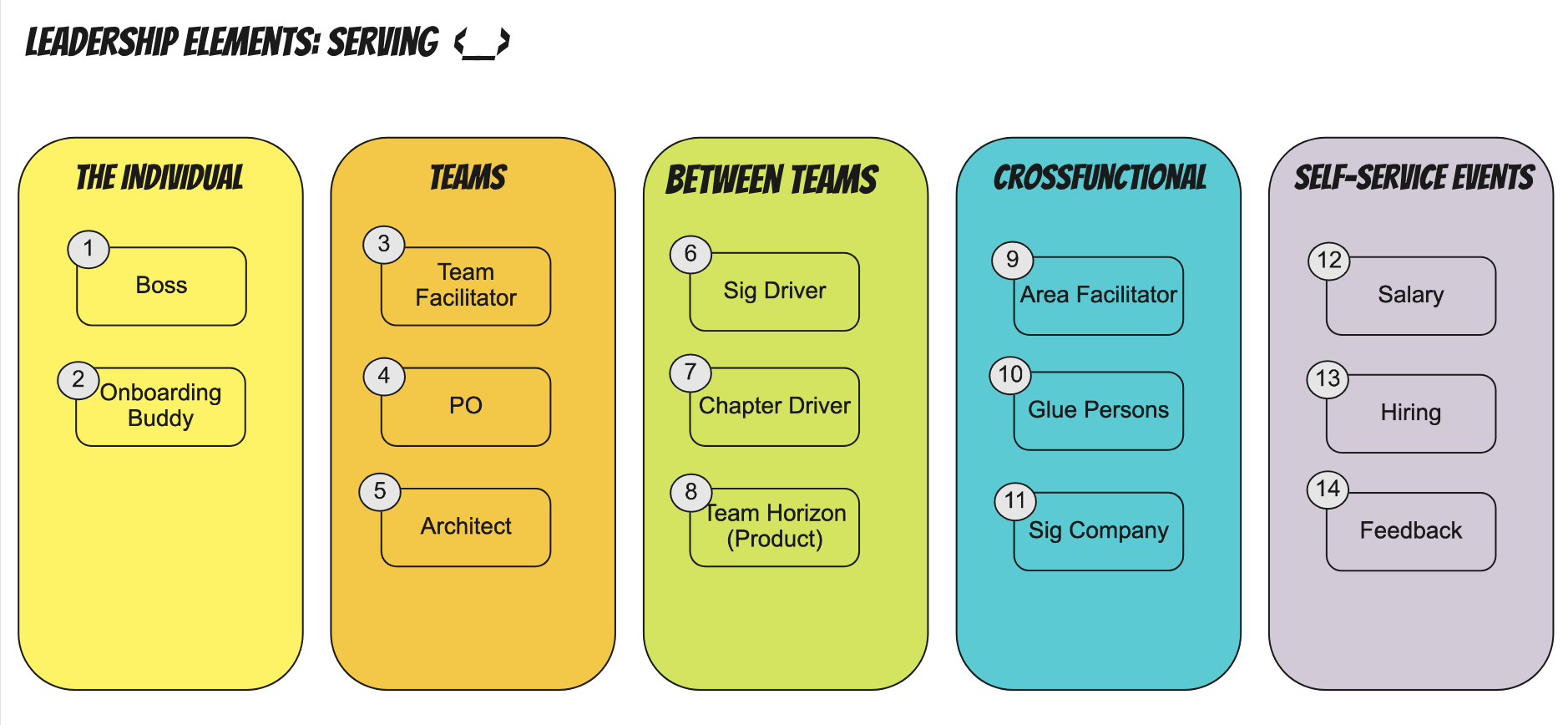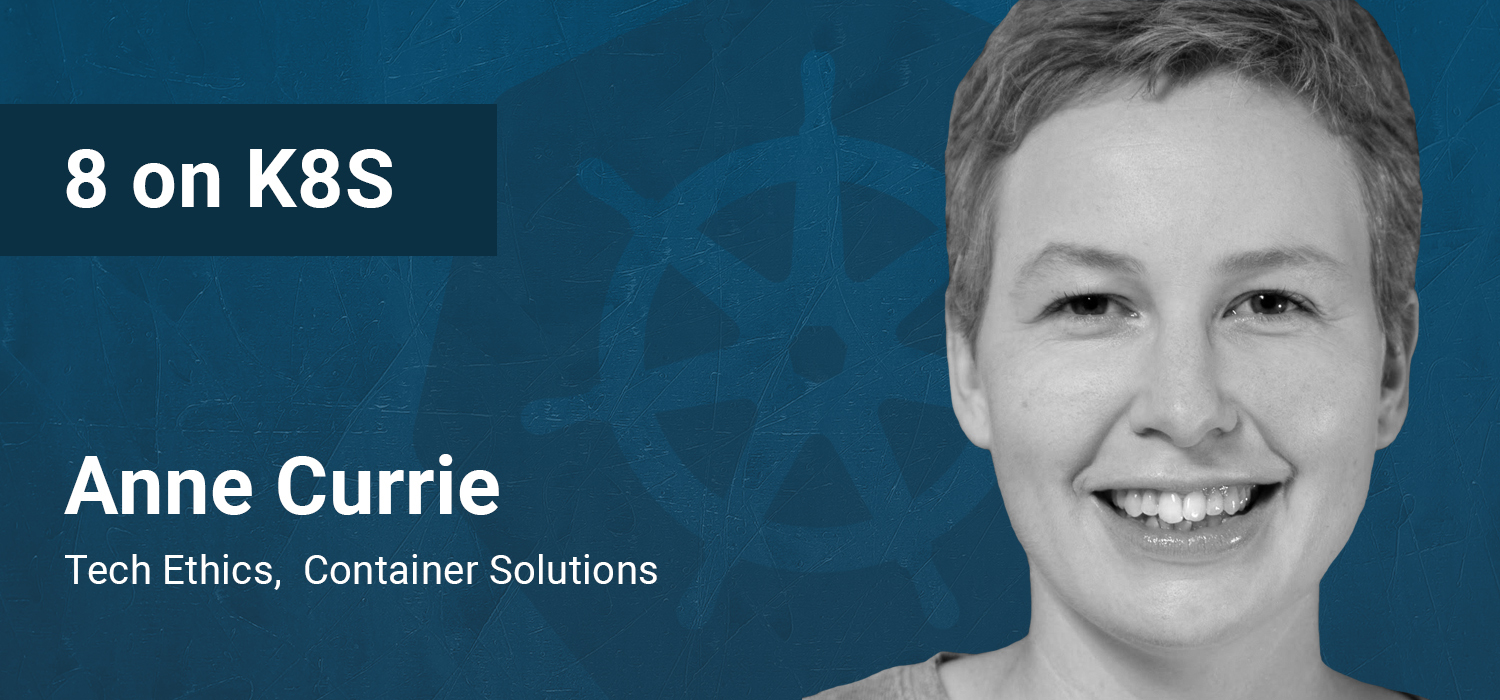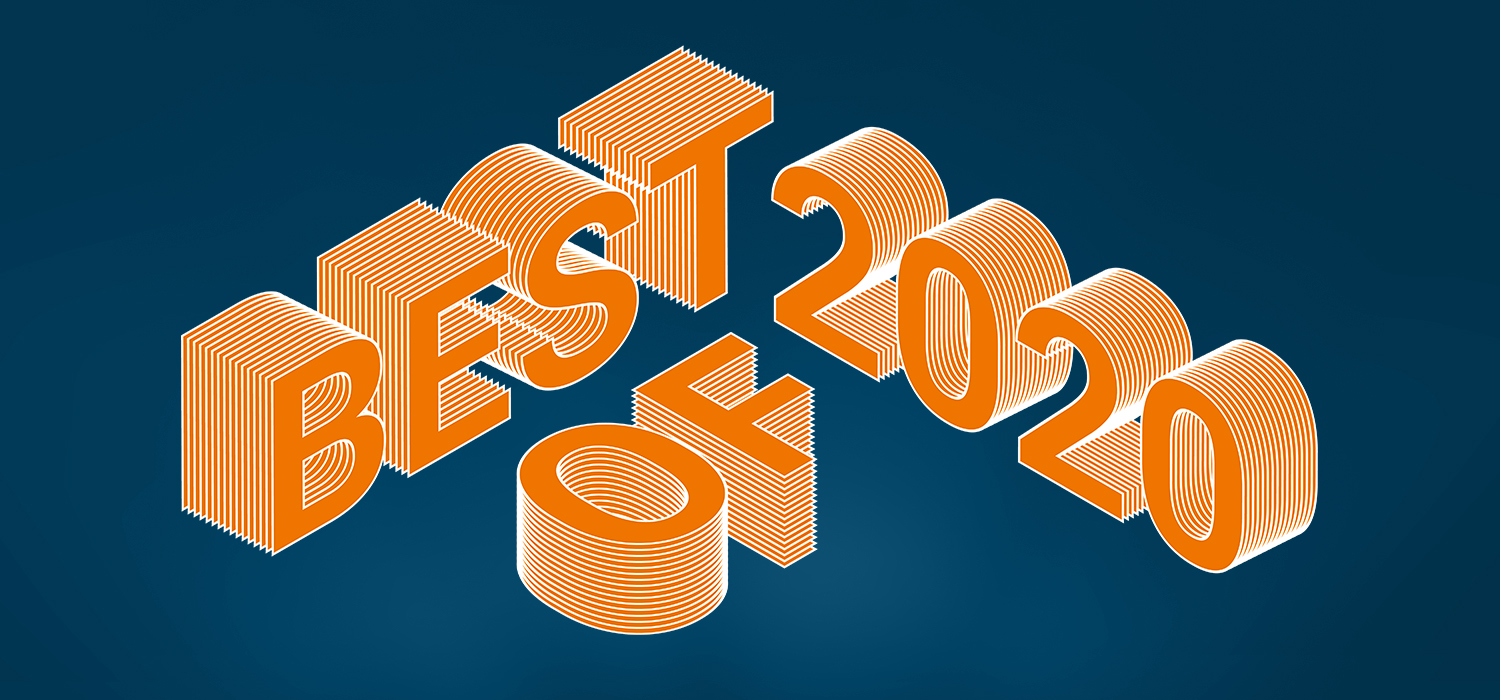Who is my boss? Leadership elements at Giant Swarm
by Anna Loew on Aug 17, 2022

Why this mini blog post?
Suppose your organization doesn't have a classical hierarchical structure (the pyramid!) and constantly iterates regarding its leadership elements. In that case, providing as much context as possible (for candidates and new joiners) to 'unlearn' old structures and find orientation is useful. Therefore, we designed an intro session about several Leadership Elements at Giant Swarm for new starters. The feedback was that the majority would have loved to read about this even before having finished their first month to make the implicit explicit. So, here we go:
Key principles
Sounds very obvious and generic, but one of our main beliefs is that people who work here are adults. This means they know what's best for themselves. It's the organization's job to support them, and self-responsibility and self-organization should be reflected in the entire company structure.
We believe no one should depend on one single boss in all areas that are genuinely connected with 'leadership' (your salary, tasks, development, feedback, or vacation request). Therefore, lateral leadership is our way to go, and we believe in the separation of powers. While self-leadership is the most important part, we also have management components in our company structure. But we clearly see management as a task and not as a promotion. Some simply have roles that support teams or individuals to work best. No one should be motivated by having 'power over people', and those with the coordinative or management-like tasks should do them in a servant way.
The history of leadership elements
The leadership concept is a constant WIP if you are in growth mode. The key principles (which are more of a mindset) were there from day one, but the rest is iteration. We only established leadership elements when there was a real need for them.

Leadership elements — status quo
We are currently sitting at about 90 employees from 26 countries in a transparent and fully remote environment. Below is our setup that separates the elements regarding the individual, teams, between teams, and cross-functionality. The separation is only done for clarity; there are no boundaries, especially for communication, and the descriptions are very much shortened, and some things are simplified. Next, we'd like to show you some examples of ''events' like salary, feedback, and development processes that are very much based on self and group leadership.

So, is there a boss (1) at Giant Swarm? Basically no. But we matched individuals with members from Sig Company (11) consisting of a group of Founders (1) and GPs (10) that discuss how the company is built, align strategic decisions and who function as the final point of escalation. If all other panels and roles do not work, the 'boss' is there to help you. Nothing more. Side note: if you have people management and lots of reports as your goal, you don't want to be a 'boss' at Giant Swarm.
In order to ensure that this is not needed often, we pay a lot of attention to our onboarding. One part is a designated onboarding buddy (2) who supports you in navigating Giant Swarm in the beginning.
On a team level, the PO (4) focuses on the 'what' the team is doing and its priorities. The Team Facilitator (3) (TF is a new title as we renamed it from MOC to avoid the word "master") takes care of the routines and all people-related issues. Our tech teams additionally have an architect (5) responsible for providing technical leadership and guidance.
All of our teams are intrinsically cross-functional. We established Special Interest Groups (SIGs) and chapters throughout the company for a good flow of communication. People with the same role within teams meet in chapters and discuss role-specific issues. The Chapter Driver (7) enables newbies and takes care of the chapter discussions and routines. While the SIG concept is topic driven. All topics within the company are broken down into SIGs. The SIG Driver (6) takes care of the SIG and ensures that the decision defined in the SIG are distributed (via the PO) into teams where the actual work is done. For the product department, an entire cross-functional team (8) takes care to enable product teams and the entire product organization.
Glue Persons (10) and Area Facilitators (9) (formerly Area MOCs) are defined as pure service functions. While Glue Persons are topic-focused (rule of thumb: one GP per department), Area Facilitators support the part-time Team Facilitators in all teams with different skillsets like operational excellence, classical HR work, facilitation, and agile coaching.
As mentioned above, self and group leadership are very important elements of our structure. To point out three examples, where they are not 'just happening' but are designed as processes where there is no layer above who makes a decision (13). Instead, people choose from whom they get feedback (14) and what they want to earn (12).
Outlook
With our current elements, we've planned that this current structure works for more than 100 people. But you never know. By implementing new elements, we have to be very careful that we don't create something that resembles a pyramid. But for now, the challenge is that the different elements of leadership improve their interaction and communication, and we become more transparent in living the concept. However, despite how beautiful our clearly defined responsibilities are, the most important aspect is that people speak up (regardless of to whom) when they have doubts, concerns, or question marks, and iterations are carefully made.
You May Also Like
These Related Stories


8 on K8s with Anne Currie
Welcome to our new series 8 on K8s where we interview interesting people in the growing Kubernetes community. It’s our hope that we encourage an ongoi …
